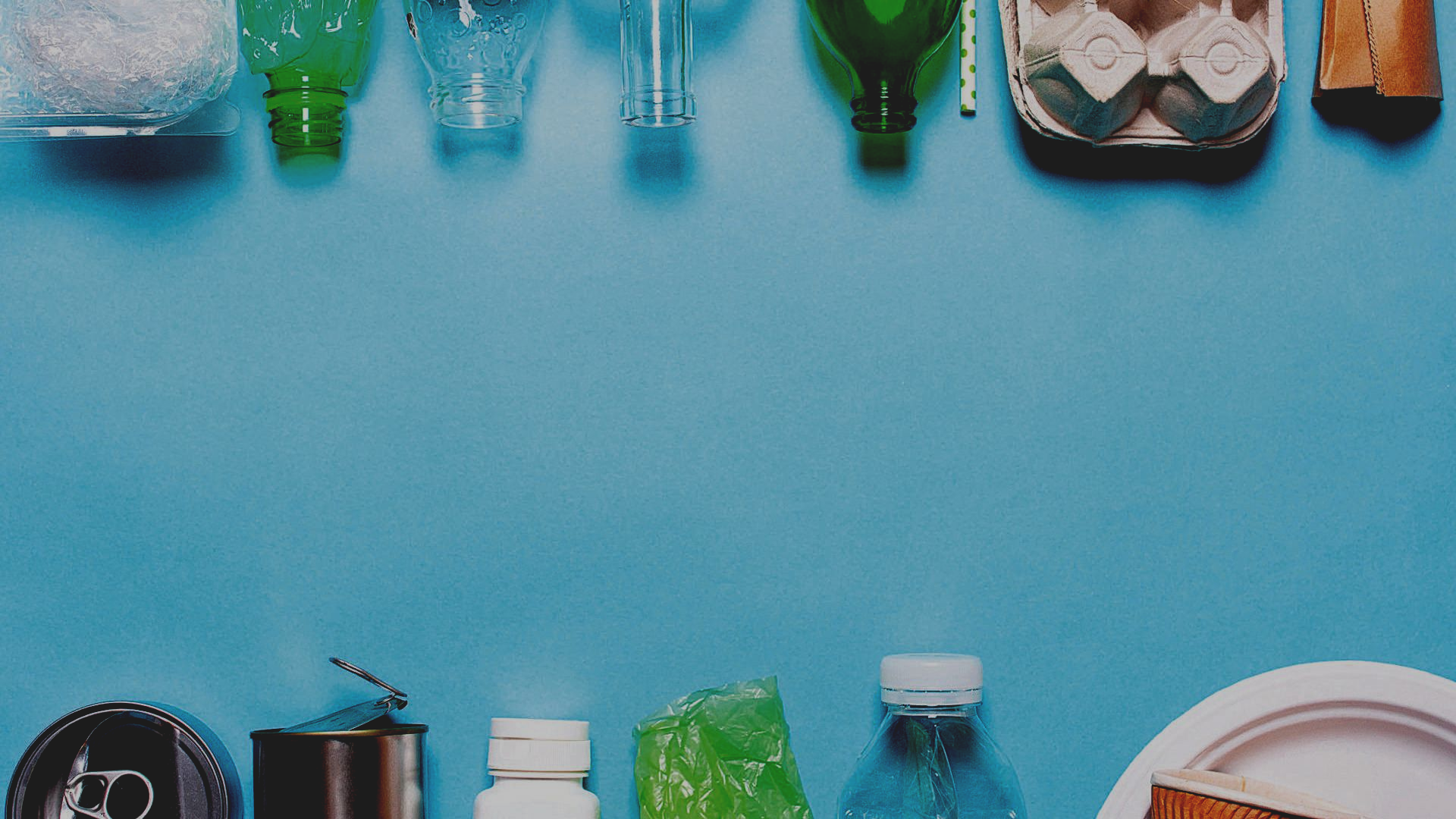Let’s Take on Industry Polluter #2
January 2, 2018
Donate & Recycle, Used Clothes, Footwear, and Other Textiles
Today’s guest blog is by Scott Cassel, CEO of the Product Stewardship Institute. It was originally posted on the PSI Blog on December 8, 2017.
The next time you toss a shirt into the trash because it’s time for a fresh one, consider this: the manufacture of clothes, shoes, belts, and accessories – otherwise known as textiles – is the second largest polluting industry in the world after oil and gas. That’s right. Pesticides used to grow cotton, toxics in dyes, and energy-intensive manufacturing create a whopping impact on the environment and public health.
What happens to these products after we no longer want them is just as shocking. Eighty-three percent of used textiles are disposed in the garbage, even though the majority of these items can be donated for reuse and recycling. Even items that are worn and torn can be reused as rags and insulation.
While chemists and technology innovators work to reduce upstream manufacturing impacts, we all can make a huge difference in reducing the number of downstream textiles that become garbage instead of feedstock for new products. We challenge you to donate or recycle all used textiles for reuse and recycling.
The problem, however, is only getting worse, as the consumption of “fast fashion” is projected to jump 63 percent by 2030. In New York State alone, residents dispose of 1.4 billion pounds of clothing and textiles each year, worth over $130 million. Reusing and recycling these products would create up to 1,000 new jobs.
Textiles Summit at the Fashion Institute of Technology (FIT)
To address the growing problem of textile waste – upstream AND downstream – the Product Stewardship Institute (PSI), New York Product Stewardship Council (NYPSC), New York State Association for Reduction, Reuse and Recycling (NYSAR3), and New York State Pollution Prevention Institute (NYSP2I) hosted the 2017 New York Textiles Summit at FIT in New York City on October 31st. The event brought together more than 200 textile designers, brand owners, used clothing collectors, recyclers, and government officials to discuss how to bring used textiles back into the circular economy.
The Summit was divided into four parts to represent each phase of consumption from upstream to downstream. Here are a few things we learned:
Session 1: Sustainable Manufacturing and Design
Since waste is created at all stages of the textile manufacturing process, even starting with pattern making, it is critical to bring designers and recyclers together to explore ways to reduce waste at the source and increase the value of post-consumer textiles. Moderator Tricia Carey from Lenzing Fibers emphasized that, although smaller companies might not have large marketing budgets, they are making sizeable strides in sustainable manufacturing on par with larger companies.
Session 2: Collection
Industry leader Eric Stubin from 2ReWear focused on immediate opportunities to collect textiles using existing public and private infrastructure. Panelists discussed how retail stores can be a convenient option for consumers to drop off used textiles. For example, Eileen Fisher Renew recycles 170,000 units of clothing in the U.S. each year, receives over $2 million worth of donated clothing, and creates $10 million in resale value. Patagonia’s Worn Wear program accepts all used Patagonia clothing and offers consumers $20-$100 per item. “More retailers will be forced to collect for reuse because of the cost of virgin materials,” said one panelist.
New York City’s textiles reuse and recycling program needs immediate scalable solutions to manage 200,000 tons of textile waste each year from City residents. One local partner, Goodwill Industries, whose social mission is fueled by revenue from donated clothing, collected nearly 43,000 tons of used textiles from New York and New Jersey alone in 2016. Even with these initiatives, citizens don’t always know what to donate or where to go to do so, which is why PSI, NYPSC, NYSAR3, and NYSP2I facilitated unified Standards for Coalition Participation, a consensus forged among non-profit and for-profit collectors for membership in the Re-Clothe NY Textiles Coalition. To educate consumers, one participant suggested that all clothing labels include a unified message: “wear-donate-recycle.”
Session 3: Markets
In this panel, major New York collectors discussed domestic and global markets for post-consumer textile material. Cyntex’s Scott Cynamon, panel moderator, emphasized that the value of secondhand textiles is much higher than other commodities, and clothing markets tend to stay relatively constant while other markets fluctuate. In order to take advantage of these markets, however, we need a shared vision among a diverse stakeholder base, including manufacturers and retailers, to increase the amount of textile material collected. Overcoming consumer perception of “second hand” as inferior is a critical first step. There are 3.8 billion pounds of used textiles that enter the North American market each year, and only 1-2 percent of these clothes are high-end brands for resale. Although existing markets exist for 95 percent of used textiles, most is disposed. “Our biggest competitor is the landfill,” said one processor. Another challenge is that secondary textile materials compete globally with low-cost new products produced in China and India.
Session 4: The Circular Economy and Innovative Recycling Technologies
Moderator Tasha Lewis of Cornell University promoted accessible technologies that can transform post-consumer textile waste into a raw material substitute. Stacy Flynn discussed her vision that became a reality when she founded Evrnu, which uses cutting-edge technology to turn post-consumer fibers into new clothing made of regenerative materials. Another company, I:CO, provides collection and reuse solutions that enable over forty leading brands in sixty countries to participate in the circular economy. I:CO’s Jennifer Gilbert called these “bright lights of progress amidst the daunting impact of textiles disposal.” Circular businesses like these are critical to reducing the textile industry’s environmental impacts, and the group challenged the fashion industry to enter the global circular economy by supporting take-back and the remanufacture of recycled fibers.
The Summit concluded with a facilitated discussion among participants to develop a shared vision for moving forward. Overall, participants agreed that moving away from “fast fashion” by increasing education among consumers about the benefits of a repair, reuse, and recycle mindset is an essential next step.
Scott Cassel is the Chief Executive Officer and Founder of the Product Stewardship Institute (PSI). PSI works to develop and promote legislation and voluntary initiatives whereby manufacturers are responsible for recycling or safely disposing of their products once consumers are done with them.
PSI will continue the dialogue in 2018 to identify tangible steps to increase reuse and recycling. Those interested in participating should contact PSI’s Scott Cassel at (617) 236-4822.
Share Post





